Formation of C, G, O and Q
I can form the capital letters C, G, O and Q.
Formation of C, G, O and Q
I can form the capital letters C, G, O and Q.
These resources will be removed by end of Summer Term 2025.
Switch to our new teaching resources now - designed by teachers and leading subject experts, and tested in classrooms.
These resources were created for remote use during the pandemic and are not designed for classroom teaching.
Lesson details
Key learning points
- Capital letters are the upper case formations of a letter
- Capital letters and lower case letters can be formed in a similar or different way
- Capital letters are used at the start of a sentence, for a proper noun and for the pronoun I
- Capital letters sit on the baseline and reach up to the ascender line
- The capital letters C, G, O and Q are formed by curling round in an anti-clockwise direction
Keywords
Capital letter - the upper case formation of a letter
Ascender line - most letters with ascenders reach up to the ascender line
Pronoun - a word that we use in place of a noun to avoid repetition, such as "he," "she," or "it"
Proper noun - a specific name given to a particular person, place, or thing
Anti-clockwise - moving or going in the opposite direction of a clock's hands
Common misconception
That capital letters are just bigger versions of the lower case letters.
Emphasise that some lower case and upper case are similar but some look completely different.
To help you plan your year 1 english lesson on: Formation of C, G, O and Q, download all teaching resources for free and adapt to suit your pupils' needs...
To help you plan your year 1 english lesson on: Formation of C, G, O and Q, download all teaching resources for free and adapt to suit your pupils' needs.
The starter quiz will activate and check your pupils' prior knowledge, with versions available both with and without answers in PDF format.
We use learning cycles to break down learning into key concepts or ideas linked to the learning outcome. Each learning cycle features explanations with checks for understanding and practice tasks with feedback. All of this is found in our slide decks, ready for you to download and edit. The practice tasks are also available as printable worksheets and some lessons have additional materials with extra material you might need for teaching the lesson.
The assessment exit quiz will test your pupils' understanding of the key learning points.
Our video is a tool for planning, showing how other teachers might teach the lesson, offering helpful tips, modelled explanations and inspiration for your own delivery in the classroom. Plus, you can set it as homework or revision for pupils and keep their learning on track by sharing an online pupil version of this lesson.
Explore more key stage 1 english lessons from the Capital letters unit, dive into the full secondary english curriculum, or learn more about lesson planning.

Content guidance
- Risk assessment required - physical activity
Supervision
Adult supervision required
Licence
Starter quiz
6 Questions
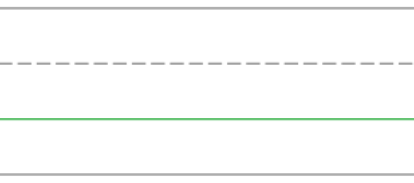
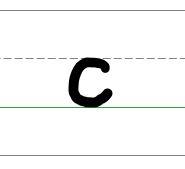
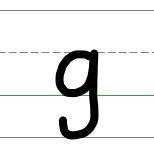
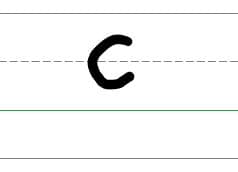
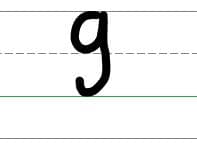
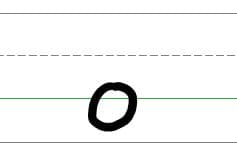
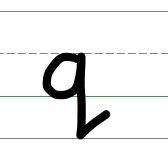
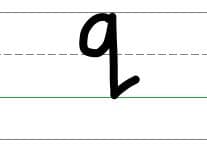

Exit quiz
6 Questions
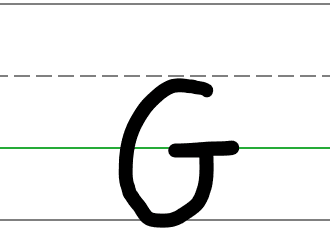
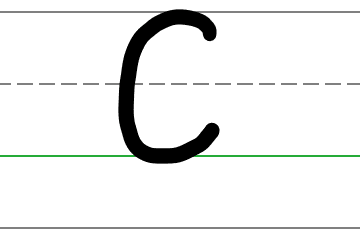

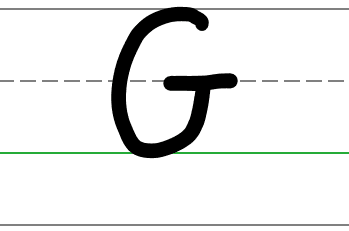



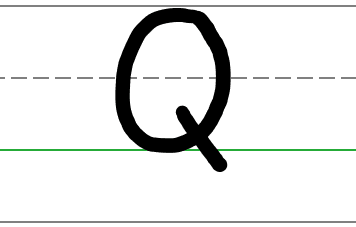
g
c
o
q


